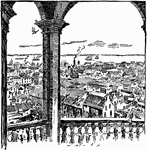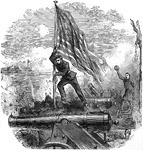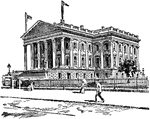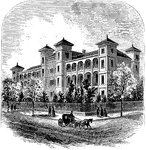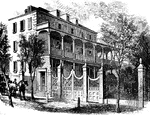Clipart tagged: ‘Charleston’
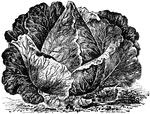
Charleston Wakefield cabbage
A Charleston Wakefield cabbage, a pointed head cabbage popular among Florida growers.

Charleston
"Seacoast operations against Charleston- brilliant dash and capture of Confederate rifle pits and prisoners…
Advance upon Charleston
"The advance upon Charleston, S. C.- entrance to the Stono River."— Frank Leslie, 1896
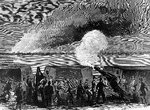
Siege of Charleston
"Siege of Charleston- the doomed city fired by Gillmore's explosive shells from Fort Putnam, January…
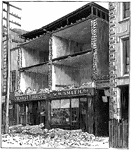
Results of the Earthquake in Charleston S.C., Aug. 31, 1886
On August 31, 1886, Charleston was nearly destroyed by an earthquake measuring 7.5 on the Richter scale…

James Island
"Repulse of the Confederates at James Island, near Charleston, S. C., June 10th, 1862, in the attempt…
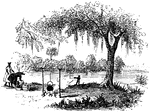
Nelson's Ferry
"About forty miles northwest of Charleston, near the line between Charleston and Orangeburg counties,…

Battery Park
An illustration of Battery Park is a landmark promenade in Charleston, South Carolina famous for it's…

Battery Park
An illustration of Battery Park is a landmark promenade in Charleston, South Carolina famous for it's…

Swamp Angel
One of the most famous Parrott rifles is the Swamp Angel, an 8-inch (200 mm) gun used by federal Brigadier…

